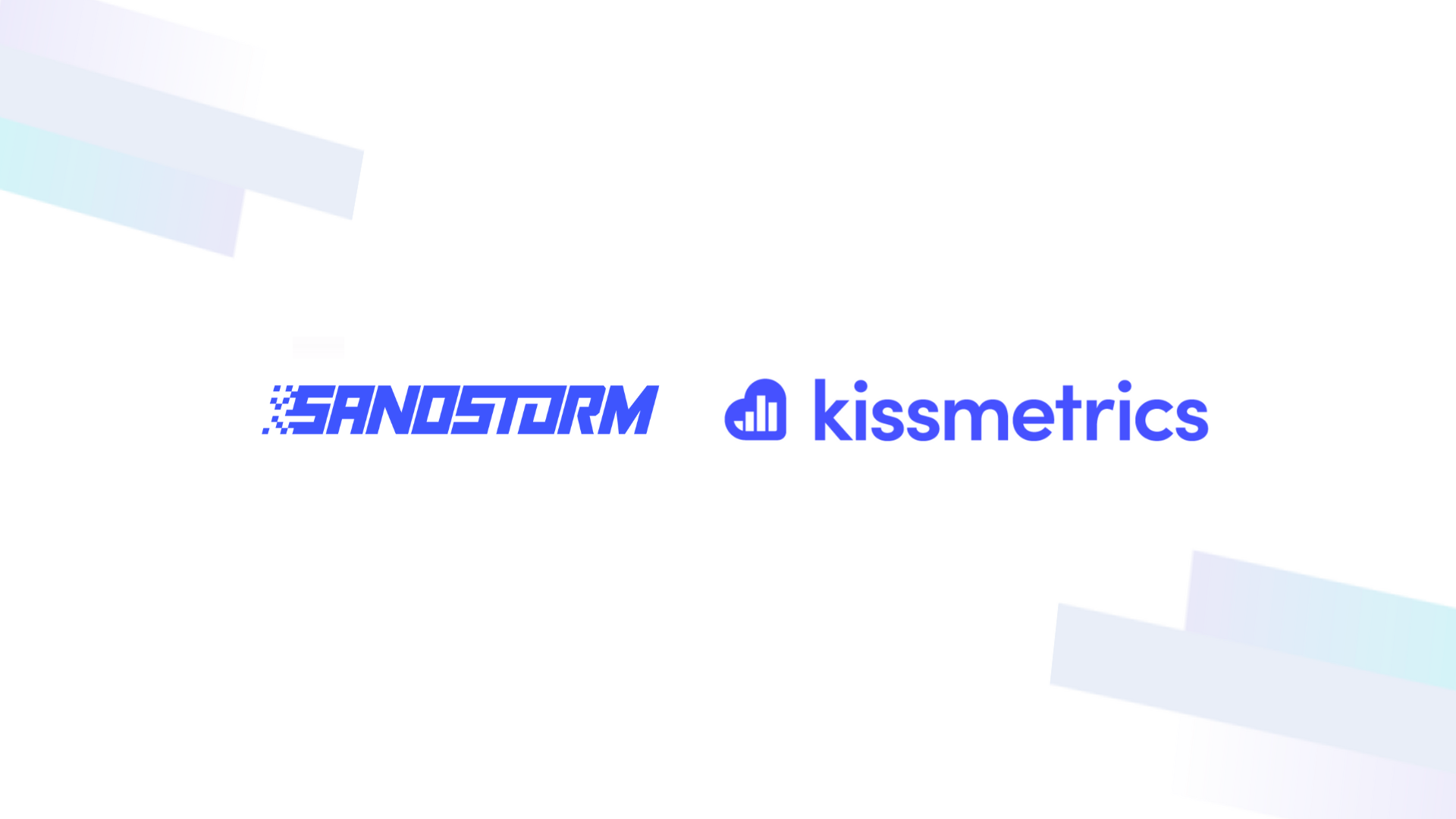
Mastering Multi-Channel Attribution: The Key to Marketing Insights
Americans spent over $210 billion online shopping during this year’s holiday season alone.
Every dollar spent online has a story. Still, understanding the customer journey has become increasingly complex. With customers interacting across various digital channels, tracking their path to conversion is a challenge.
This is where the concept of multi-channel attribution steps in. Are you wondering how this can help?
Keep reading to learn about the role of multi-channel attribution in unraveling the complexity of customer behavior. We’ll also explain how it aids marketers in crafting an effective marketing strategy.
The Complexity of Customer Journeys
Customer journeys today are a far cry from the linear paths of the past. In the digital age, customers engage with brands through multiple touchpoints. This includes websites, social media, email, search, and more.
Without multi-channel attribution, marketers are left in the dark. They won’t be able to discern which channels and touchpoints are most influential.
The Challenge and the Opportunity of Multiple Data Sources
Different digital channels generate a wealth of data. As you can imagine, integrating this data is no small feat.
Marketers must converge information from various platforms, analytics tools, and ad campaigns. That way, they can get a holistic view of the customer journey.
Still, this challenge also presents an opportunity. When harnessed effectively, diverse data sources provide a treasure trove of insights. This lets marketers uncover the many nuances of customer behavior.
Types of Multi-Channel Attribution Models
There’s more than one type of multi-channel attribution model available. Each has its own approach to assigning credit to different touchpoints.
Would you like to know about the common models?
First-Touch Attribution
This model gives credit to the first interaction a customer has with a brand.
It’s ideal for understanding how initial awareness is created.
Last-Touch Attribution
Last-touch attribution attributes the conversion to the final interaction before a customer converts.
This is helpful in recognizing the immediate catalyst for conversion.
Linear Attribution
This model distributes credit evenly across all touchpoints in the customer journey.
It provides a more balanced perspective on how these types of interactions lead to conversions.
Time-Decay Attribution
Time-decay attribution focuses more on touchpoints that are nearer to actual conversion. It does this at the expense of earlier interactions.
This model takes into consideration the increasing influence of interactions involved in making a final choice.
Data-Driven Attribution
Using advanced algorithms, data-driven attribution factors in the specific data from a company’s marketing campaigns.
It offers a highly tailored approach to attribution. This makes it one of the most insightful models.
Multi-Channel Attribution Is the Way to Go
With multi-channel attribution, your business can end up being more effective than ever. Once you add it to your strategies, you’ll never want to go back to your old methods.
Kissmetrics is here to take your analytics to the next level. You’ll have unlimited revenue potential by tracking human behavior. That way, you can improve engagement and drive revenue growth as much as possible.
Do you want to try it out for yourself? If so, don’t hesitate to check out the Kissmetrics demo for free.


